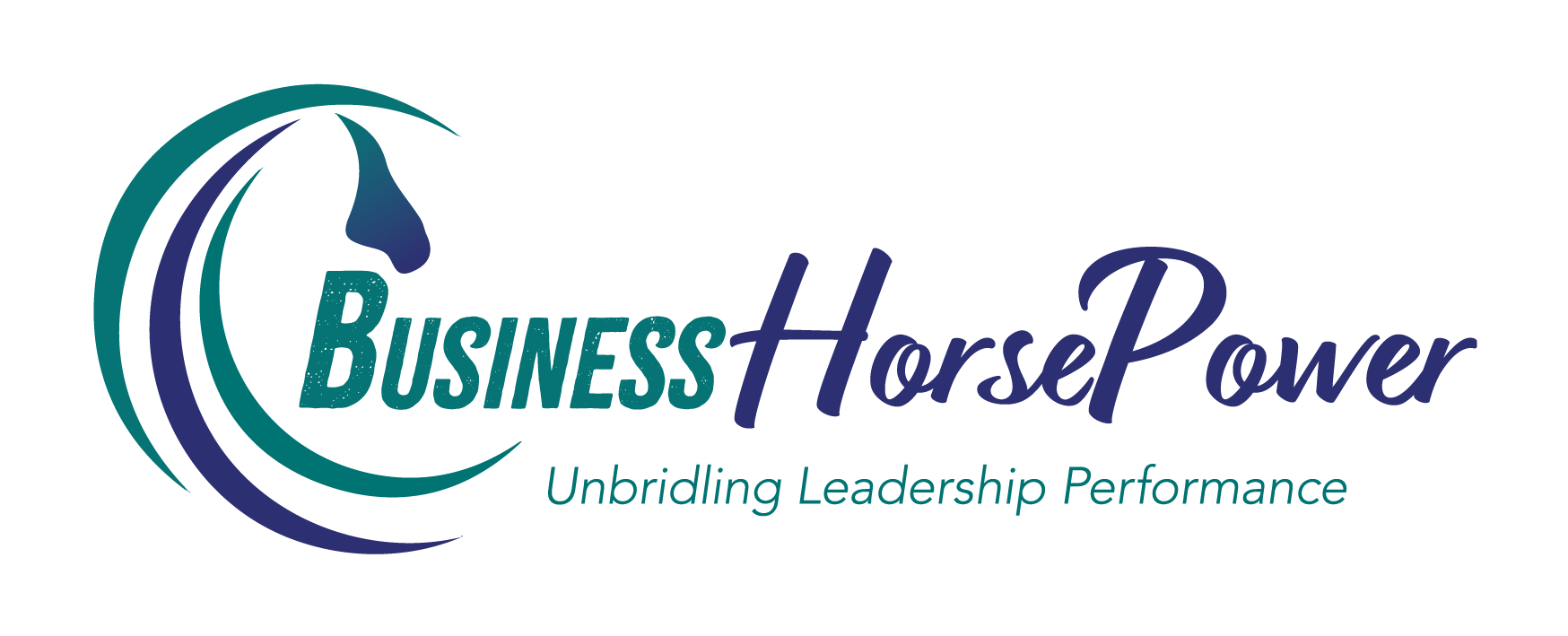Small and medium-sized businesses are the life-blood of our economy, but they face specific, ever-increasing challenges. The world is in the mists of an employee engagement crisis, with serious and potentially lasting repercussions for the global economy.
Without a doubt, one of the greatest challenges SME’s currently face is the attraction and retention of talent. Intelligent, honest, hard working staff are critical to an organisation’s ongoing success, but now more than ever, good people are hard to find – and they are even harder to hold on to! To ensure employee job fulfilment, loyalty and maximum ROI, the key ingredient that is so often missing is Engagement.
In a recent Gallup poll, it was revealed that only 8% of UK employees are engaged at work, and most disengaged employees would change employers right now for as little as a 5% pay increase.
- The Engaged Employee – Does more than is expected. Works with a passion and feels a profound connection to the organisation they work for. They drive innovation and move the organisation forwards, providing maximum return on salary investment
- The Disengaged Employee – Does just what’s expected. Is essentially there in body only. They’re sleep walking through their day. Marking time, but not energy or passion, into their work. They provide minimum return on salary investment
- The Actively Disengaged Employee – Does less than expected. They aren’t happy at work; they’re busy acting out their unhappiness. Every day these workers undermine the efforts of their engaged co-workers, often providing negative return on salary investment.
Many organisations believe that strong leadership, and an exclusive focus on the development of their leaders is the key to a winning culture. They are mistaken. Leadership is not the heart of your organisation. The heart of your organisation is its people and their contribution. Without actively engaged employees, the leadership message cannot be heard..
Trained leaders today have been overloaded with leadership knowledge and theory, but too often they are not sufficiently activated. We need to turn our attention equally to our staff, getting them actively engaged regularly through new, innovative and inclusive methods, thus creating shared vision and buy in. It’s called ‘leadership living’ and all levels of the organisation participate together in the workplace. It is an all action methodology, which means all team members will live, breathe and grow together as a united force. It breeds true engagement, uncovers more leaders and builds a powerful and united culture. To ensure maximum impact and lasting change, everyone needs to be involved and everyone needs to be accountable.
So how do we engage our staff, encouraging maximum productivity, loyalty and ROI? It starts with changing habits as a collective, creating a movement. It’s about working as a unified team to change everyone’s individual and collective behaviours. The only way you can do this is through structured, strategic and regular discussions built on shared ownership, individual empowerment, and regular feedback sessions.
Also, traditional hierarchy has to go. The traditional organisational structure is not the most efficient option for businesses in the 21st century. Instead, successful companies are moving to an organisational structure that allows employees to make more of their own decisions and avoid the rigidity of traditional models. Generations X, Y and Z respond and are motivated differently to Baby Boomers. Equality creates unity, and unity will bring the truth out in your organisation. Think of truth as the splinters that need to be removed from your business. It may hurt, but we need to hear it, otherwise the pain will continue and exacerbate. We need to create an atmosphere for the truth to be tabled discussed and addressed without judgement.
If you’d like to explore how to get your teams more engaged then lets have a conversation as I utilise cutting edge group activation systems to get team members engaged and the results are engagement levels increasing my over 200%, whilst simultaneously the company experiencing growth in productivity and profitability.

Julia Felton (aka The Business Wrangler) is the founder of Business HorsePower. Business leaders, entrepreneurs and executives hire her to accelerate their business performance by harnessing the energy of their people to work more collaboratively together. By aligning purpose with actions the team achieves exponential results as everyone starts pulling in the same direction.
Julia believes that business is a force for good and through designing purpose-driven businesses that leverage the laws of nature, and the herd, you can create businesses founded on the principles of connection, collaboration and community that make a significant impact in the world.






